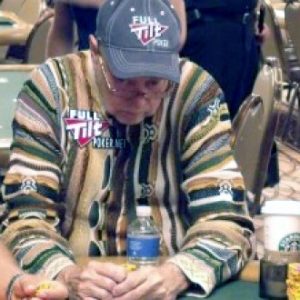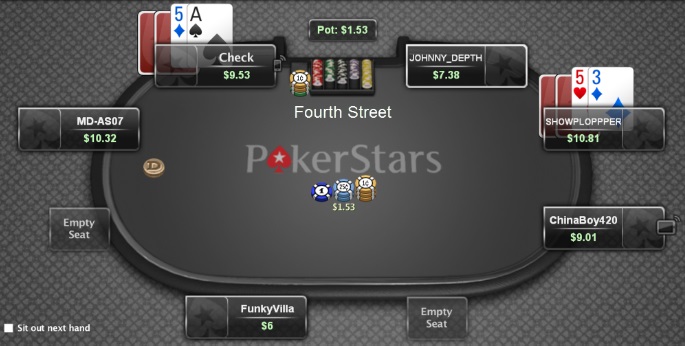Playing Nines in Razz

Razz poker is a game that frustrates players of all caliber. Frequently, you will start with a strong low hand and catch bricks that force you to fold on fifth or sixth. One hand that is commonly misplayed is a draw to a nine.
While a draw to a nine is a marginal hand, you can learn to win with them if you know how to properly evaluate and play the situation. Today, we will take a look at how to play nines in Razz.
Why Are You Playing a Nine?
First, let’s evaluate why you’re playing a nine draw? Did you start with a nine in the hole with another baby card and a strong up card? Maybe you are playing against a bring-in jack and they called your hand.
When making the decision to start with a three-card nine, you need to pay careful attention to the upcards of other players. If you’re battling against multiple low hands, you will need to get lucky to have a shot at winning the hand.
Have a solid reason to play your nine. Otherwise, muck it and look for a better hand or a better spot.
Reading Opponent Hands On Fourth
If you are playing a nine draw hand, the key to it being a success is based on your ability to read your opponent’s hand. Let’s take the example of your opponent starting with a jack bring-in. If you completed with your nine draw and they made a call, you can assume that they have two cards below a nine.
They are hoping to catch good against you. They also want you to catch bad. Fourth Street will be key here as to whether you will continue in the hand. If you catch bad, such as a queen, and they catch good, then it is time to abandon your hand. If you both catch good, then you need to put on some pressure with a bet.

If these are your opponents on Fourth Street, fold you nine draw.
If they stayed in the hand after third and caught an ace, deuce, or three, there is a good chance they paired. A bet may cause a fold. If they do not fold, fifth street will determine their play for the rest of the hand.
Fifth Street and Beyond
By Fifth Street, you will have a clearer picture of where they are at in a hand and what else they could draw to. In most cases, their high card showing is their made hand and the second-highest card is their potential redraw.
The redraw is important as it will help you determine where you may stand on later streets. For example, if you have a made nine on Fifth and your next highest card is an eight, you need to determine if they can beat an eight.
Looking back at our previous example, if both you and your opponent catch good, again you will want to bet as the best they probably have is a jack low. If your opponent calls, or better yet raises you, then you know they are on a big draw.
A raise will probably mean they can outdraw what you are representing. As such, you may want to proceed with caution on sixth should they catch good unless you improve your hand to a strong one. If they have both a Jack with a seven showing, you can assume they are redrawing to that seven.
Playing to the River
If you go to the river against someone that looks to be trying to outdraw you, you need to be careful. Betting into your opponent may cost you an extra bet should they catch.
Of course, if you have improved your hand to a really strong hand, such as a perfect seven or even a six, then you will be fine with betting out. The typical play at the river should you only have a nine low would be to check and then call should they bet.
It is possible they improved to something like a ten and think that it might be good, but in most cases, if they bet the river, they will have outdrawn you. The pot will be too big by this point to fold to one bet if you have been betting on the streets as you should.
Essentially, the key to playing a nine draw or even a made nine is determining the hand strength of your opponent. Punish them when they are chasing and slow down when you may be beaten. Naturally, if you are certain you are behind, or if the pot is small, there is no shame in folding. There are always more hands to come.
